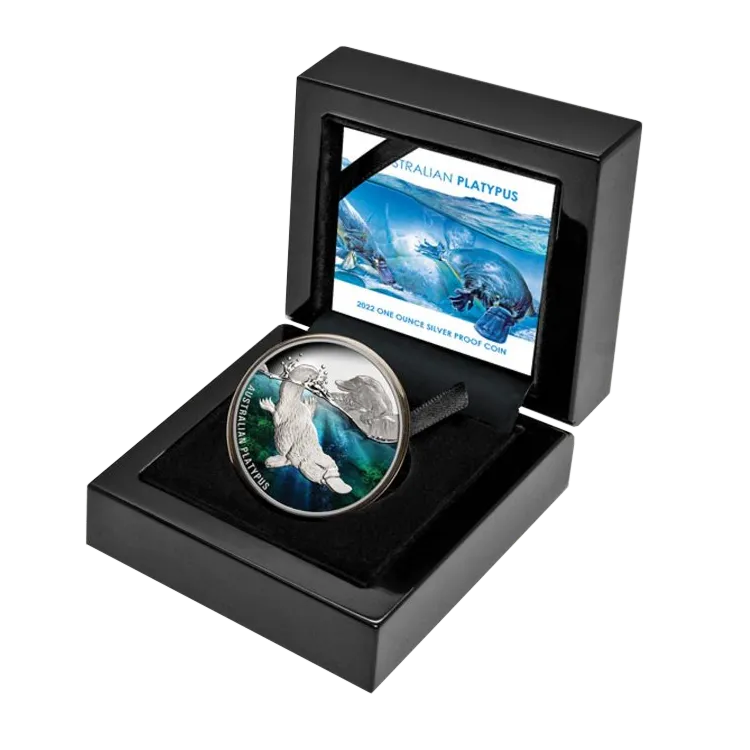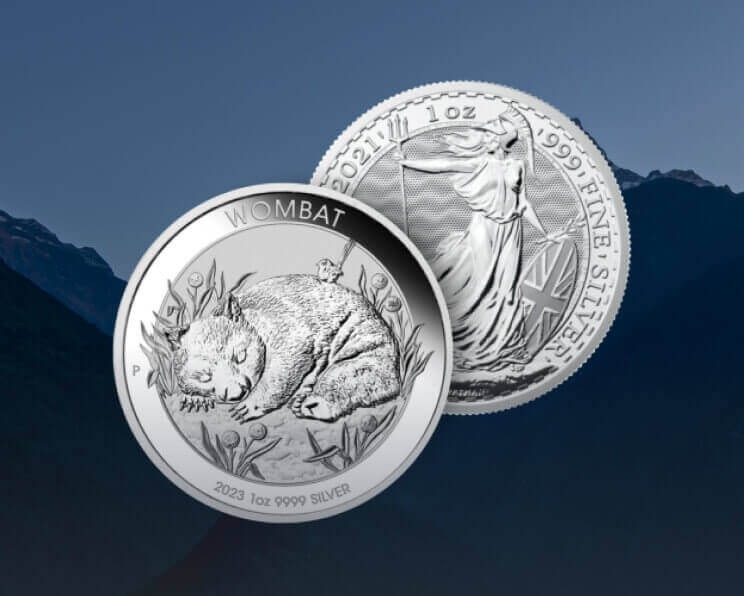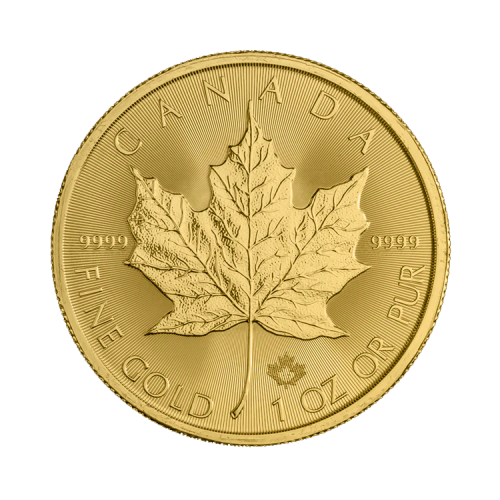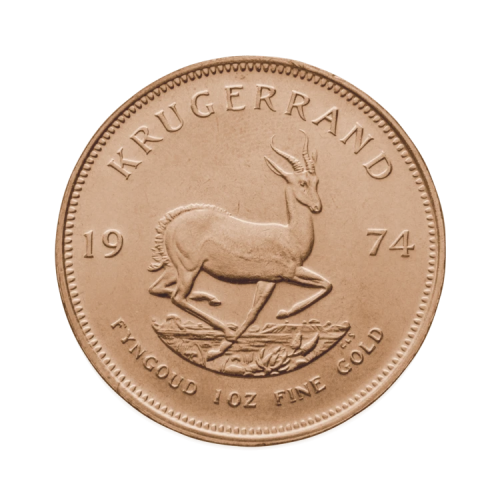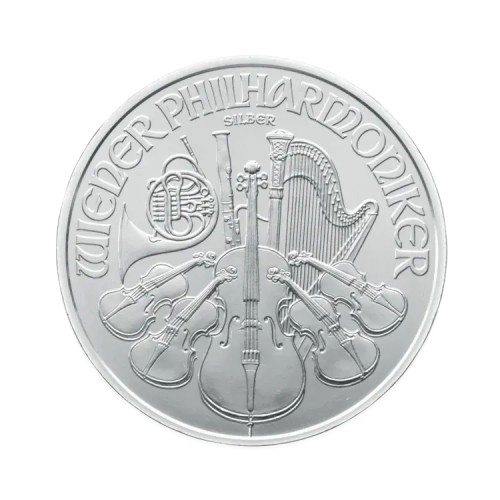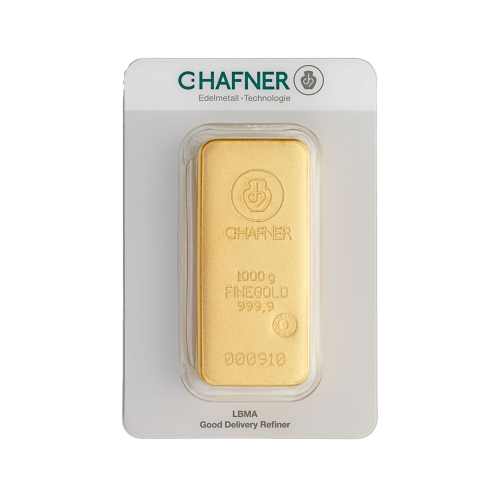
 In stock
2 troy ounce
In stock
2 troy ounce
199,00

 In stock
1 troy ounce
In stock
1 troy ounce
44,00

 In stock
1 troy ounce
In stock
1 troy ounce
99,00

 In stock
1 troy ounce
In stock
1 troy ounce
119,00

 In stock
1 troy ounce
In stock
1 troy ounce
119,00

 In stock
2 troy ounce
In stock
2 troy ounce
179,00

 In stock
3 troy ounce
In stock
3 troy ounce
214,00

 In stock
1 troy ounce
In stock
1 troy ounce
129,00

 In stock
1 troy ounce
In stock
1 troy ounce
90,00

 In stock
1 troy ounce
In stock
1 troy ounce
43,10

 In stock
1,5 troy ounce
In stock
1,5 troy ounce
63,00

 In stock
1 troy ounce
In stock
1 troy ounce
83,74

 In stock
1/2 troy ounce
In stock
1/2 troy ounce
58,49

 In stock
3 troy ounce
In stock
3 troy ounce
519,75

 In stock
3 troy ounce
In stock
3 troy ounce
495,00

 In stock
2 troy ounce
In stock
2 troy ounce
180,00

 In stock
10 gram
In stock
10 gram
79,95

 In stock
1/2 troy ounce
In stock
1/2 troy ounce
89,95

 In stock
1 troy ounce
In stock
1 troy ounce
121,45

 In stock
1 troy ounce
In stock
1 troy ounce
70,00

 In stock
2 troy ounce
In stock
2 troy ounce
159,00

 In stock
2 troy ounce
In stock
2 troy ounce
229,95

 In stock
1 troy ounce
In stock
1 troy ounce
109,95

 In stock
2 troy ounce
In stock
2 troy ounce
389,00
Buy collectible bullion coins
At The Silver Mountain, we offer a range of collectible series as well as standalone collectible coins that are not part of a specific series. These coins often have a limited mintage and are available for a short period. The silver coins—often of high quality—are available in various sizes and sometimes in unique shapes. Collectible coins also make excellent gifts for special occasions.
Coin quality types
Presentation box and certificate of authenticity
Collectible coins are often delivered in a presentation box with a certificate of authenticity. If a coin is provided in such a manner, we always mention this in the description. Typically, a product photo of the coin along with the packaging is also displayed.
